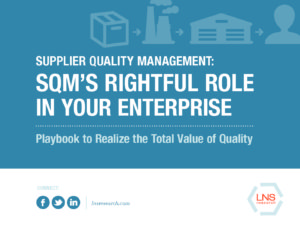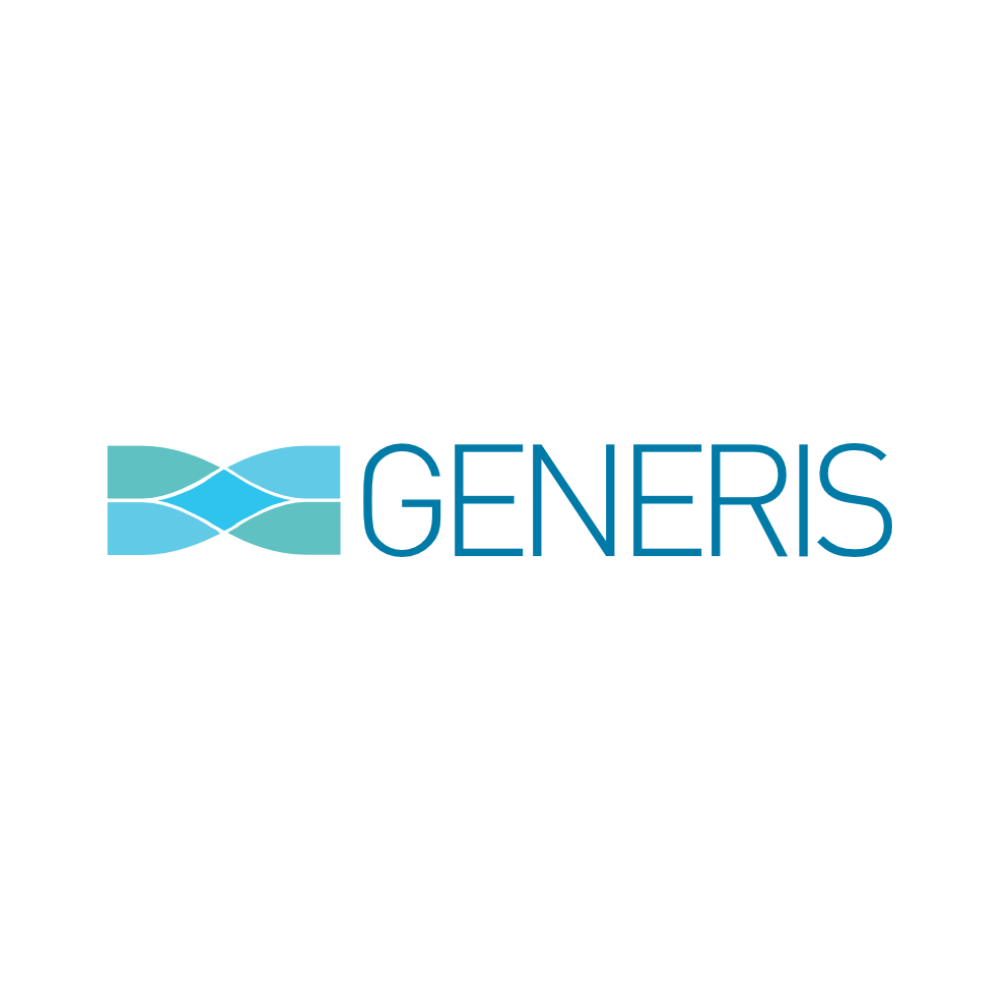While there are many ways to define quality, the most important definition of quality is from the customer’s perspective – perceived quality – as this impacts brand loyalty, revenue, market share, and margins. When customers directly engage with a product, they consciously and subconsciously compare it to previous experiences with similar and dissimilar products. Indirect experiences also influence perceived quality, such as by brand image and social media.
Manufacturers can differentiate perceived quality through differentiated internal quality and supplier quality management (SQM). The supply chain has become increasingly important to the end product, and also has become inherently higher risk due to global sourcing, deep supply chains, increasing product mechatronics and software content, and regulatory traceability demands. While traditional customer expectations of price, delivery, and quality remain important elements of the customer-supplier relationship, leading companies have uncovered opportunities and avoided threats by re-imagining their supplier relationships, SQM processes, and technologies.
The supply chain can be an instrumental part of a company’s sustained success, or it can cause crippling costs and brand damage. The difference lies in adopting SQM people, process, and technology practices that are on par with the best across the industry, and therefore drive high perceived quality. Today’s quality leaders must be aware of new technology developments that improve collaboration, oversight, and engagement with the supply chain. They also need to understand the status of SQM practices across their industry to understand what they must do to differentiate their SQM practice.
SQM demands leadership attention and action. Read this playbook by IQS and LNS Research to learn:
• The current state of SQM regarding practice adoption, industry, geography, and supply chain role
• How to gauge maturity of SQM, compare maturity to the rest of industry, and communicate the value of improving SQM maturity
• Which best practices provide the largest advantage, and which they should adopt at each stage of maturity
• What Digital Transformation is and why it’s transforming Supplier Quality Management
• Competitive advantages gained through technologies like EQMS, Cloud, and IIoT
• Which SQM best practices are most effective to manage risks

%20(1).png?width=773&height=112&name=Generis%20Logo%20full%20Colour%20(Large)%20(1).png)


-Nov-13-2025-01-18-02-9699-PM.png)
-2.png)